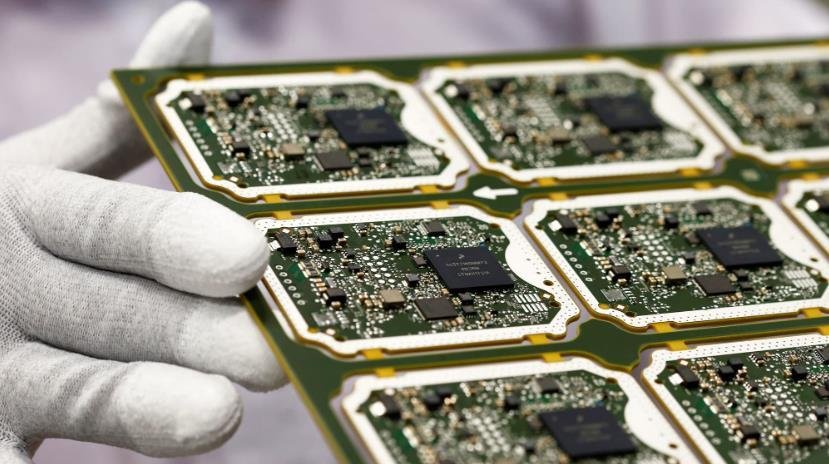What is a FPGA?
FPGA (Field Programmable Gate Array) is a semiconductor integrated circuit where electrical functionality is customized to accelerate key workloads. It is a type of logic chip, which also includes general processor chips such as CPU, GPU, DSP, and application-specific integrated circuit (ASIC) chips.
Integrated circuit chips include digital and analog chips, digital chips include memory and logic chips.
What are the differences between FPGA and CPU, GPU, and ASIC?
The wiring and logical layout of the FPGA underlying logic computing unit are not solidified, which is suitable for computing fields where the underlying algorithms need to be continuously changed, such as artificial intelligence algorithm optimization.
FPGA chips, its underlying logic operation unit of the line logic layout is not solidified. The user can program the logic unit and switch array through EDA software, and carry on the function configuration, so as to achieve the specific function of the integrated circuit chip.
However, for other types of logic chips, such as ASIC, CPU, and GPU, the computing relationships of the physical underlying logic units are fixed and immutable.
Since FPGA is a semi-customized chip with field programmability, it is especially suitable for applications where the physical operation logic needs to be continuously changed, such as artificial intelligence algorithm optimization, data center applications, and so on.



